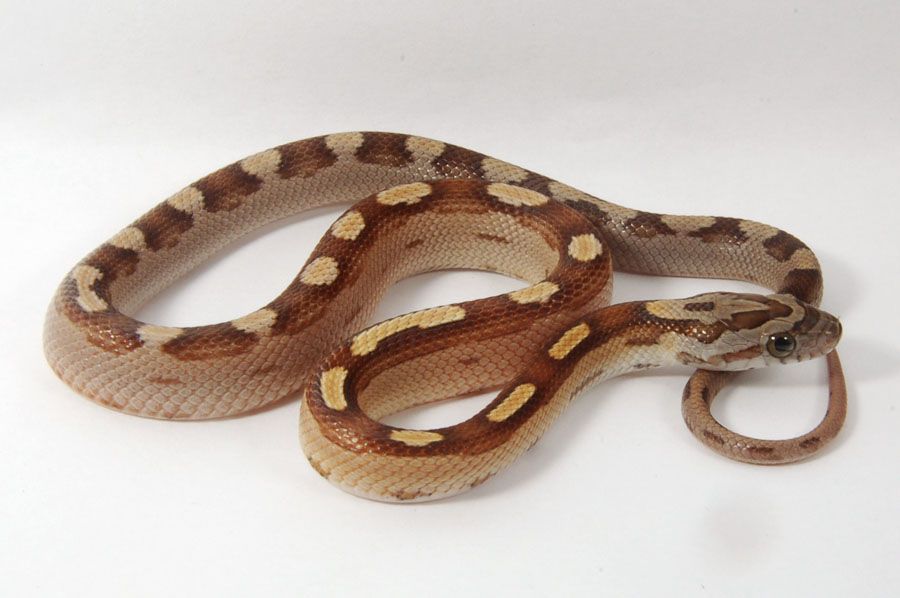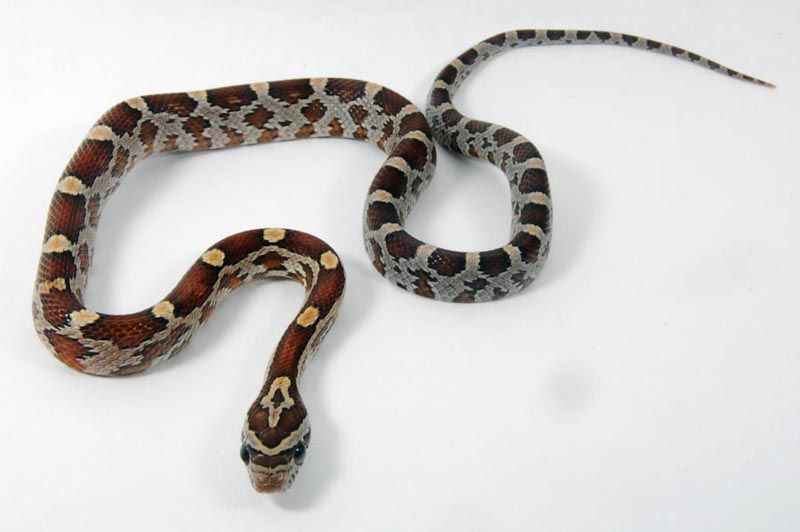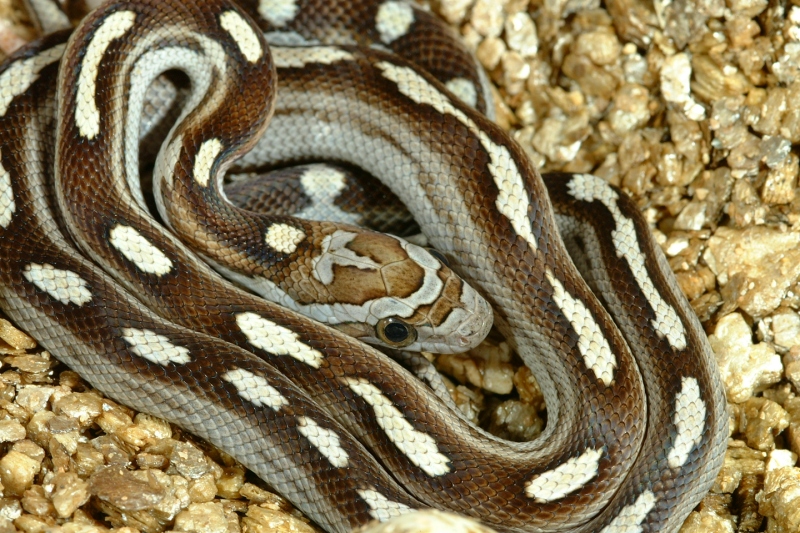Do you have a photo example of what you call "yellow factor"? Have you actually seen a Buf in person? The reason I ask is because none of the animals in this thread look like Buf. Just because something seems a bit more "yellowish" than its siblings does not make it Buf.
I know this is a sensitive subject and I respect the guy who proved out Bufs. It took him many years to be able to convince the right people that his theories were true. I fully support his theories.
Bufs came from a Caramel line which is why it took him so long to prove it out. The fact that it came from Caramel lines also links Bufs to the same lineage as Caramel, but how far back is their ancestry linked? When I speak of Caramel lines, this includes all lines, such as Butter Motleys, Striped Butters and Goldust.
If we find a gene in our Caramel lines in the USA that acts exactly the same as Buf, is it actually Buf? You tell me how we are to prove that. I think the only guy in the USA that will be able to establish if Buf is the same as Yellow Factor is Chuck Pritzel under a microscope.
Since Buf came from Caramel lines and all Caramel lines trace back to Rich Z, it seems reasonable to assume that Buf may have existed in Caramel lines in the USA before Buf was described. Like many of our other genes, it could have went completely unnoticed right under our noses. An example is Diffused. We looked at this gene for decades until someone one like Chuck came along and said, hey wait a minute, I see something that is more than selective breeding, just like the discover of Buf.
Here are two links to ACR registered Corns that I consider Yellow Factor. They were born in 2004 from a breeding between a Wild Line Lava ("Landrace" Lava) x Rich Z Butter Motley.
http://herpregistry.com/acr/Registry.php?idnum=2087
http://herpregistry.com/acr/Registry.php?idnum=2088
These two males are the ones I held back from the project, which I call my Topaz Project. Three things stood out to me in the F1 offspring. All offspring were Yellow Factored, some of them were RedCoats and ALL of them were Border-less. This breeding should have produced Normal Corns with some type of border. They were not "yellowish", "reddish" or partially "border-less", the changes in F1 were dramatic. How could anybody look at these two males and say they are Normal Corns?
There has been a constant debate over the years if Caramel is actually recessive or could it be co-dominant. I am not the only one who sees Yellow Factored Corns produced from Caramel lines, many people have seen it. Many people see two phenotypes in Caramels, Butters, Butter Motleys and Striped Butters. I have seen these same differences in phenotypes in Caramel lines too. It is not just variation, or something we can diminish by saying they are just more "yellowish". It is not hypo, because they are not Ambers, but it is a gene that has hypomelanistic effects.
Since Buf came from a Caramel line, why is it so hard to believe that Buf exist in the USA? I do not know if Buf and Yellow Factor are the same gene, but they are both dominant genes that cause Yellow in F1. It seems likely to me that they are one and the same.
I have personally never seen a Buf or Amel Buf in person that links back to the Buf lineage from the Originator, but I have seen 100's of Corns that look like the same phenotype and MAY be of the same genotype. It seems likely that Buf and Yellow Factor are the same thing, especially since they both come from Rich Z Caramel lines.








